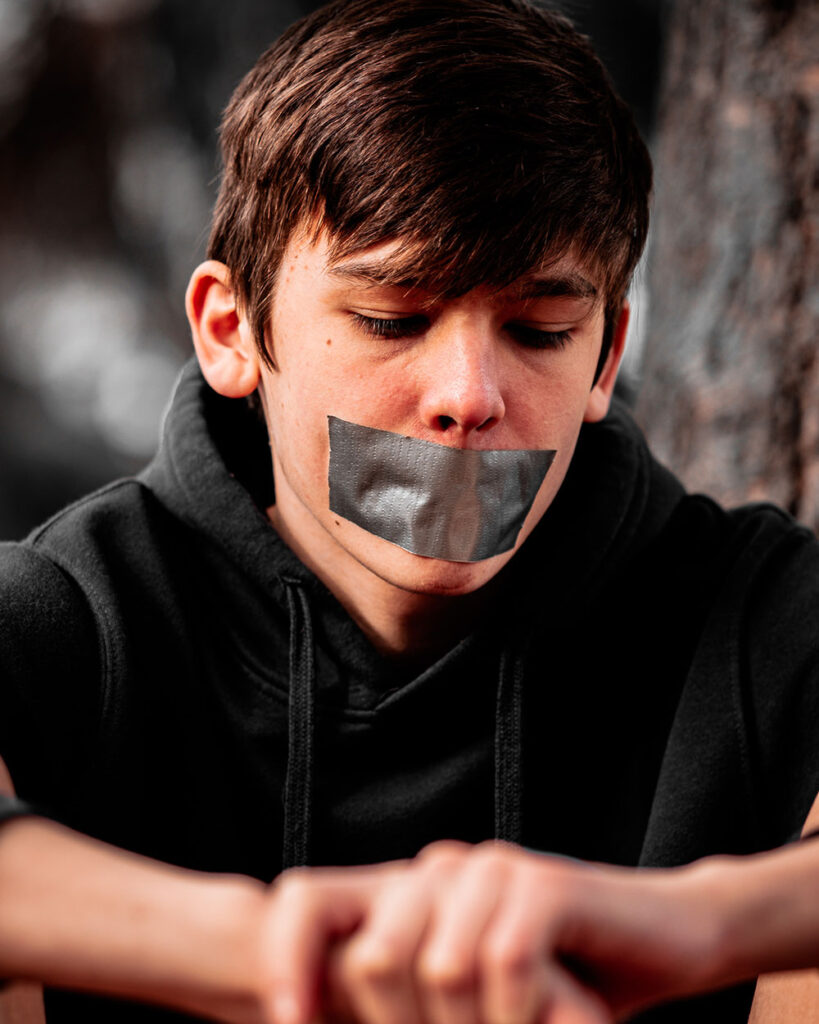
How common is sexual abuse really? Most of us don’t hear too much about it. Of course, we know that this doesn’t mean it’s not happening. But we might just be shocked to hear exactly how common it is.
I spoke with Nicole Parker, who holds a degree in biblical counseling and pastoral ministry, and teaches a class on sexuality at Southern Adventist University. Mrs. Parker has extensive experience with victims of sexual abuse. So, when I asked her how prevalent the problem was, she had plenty of information to share.
“We don’t have any solid statistics from within the Adventist church, but we also don’t have any reason to think our statistics are less than the world’s,” she said. “Typically, research finds one in three or one in four women is sexually abused, but some research makes it clear it’s probably higher than that.”
Parker discussed the findings of Diana Russell and Gail Wyatt, as discussed in the book, Predators, by Ana Salter. They found 28% of girls were sexually abused or assaulted before the age of 14, and that number jumped to 38% when ages 14-17 were included. However, only 5% of those cases had been reported to authorities.
Parker continued:, “When I was going to church growing up as a kid over 50% of the girls in the church had been sexually abused or assaulted. It was a small church. We all knew each other, and all of us girls were close to each other, and I knew who had been sexually assaulted by whom. Some of the boys were as well. There was one young man in the church who was a year older than me who sexually abused several children in the church. That was just one of them, there were lots of different abusers. All in one little church.”
Parker recalled going to a sleepover once as a kid and hearing half the girls there recount that they had been sexually abused. On a mission trip she went to in Mexico, Parker shared a room with what she recalls were around seven girls total. It was revealed that most of them had also been sexually abused or assaulted.
“One of them was being abused at the time, and she was afraid to tell because she said her stepfather would then start abusing her sister,” Parker recalled. “And I told her as a 16-year-old, I said, ‘Look, your body is the temple of God. He shouldn’t be allowed to do that. You need to tell.’ So when she went home from the mission trip, she did tell. A and from what I heard later, it sounded like he had already been abusing her sister as well, and he did get prosecuted. She would have been 15, I think, at the time.”
Things didn’t seem to improve as Parker grew up, either. “In high school and college, the same thing: about 50% of my [female] friends had been sexually abused or assaulted.”
Parker also spoke about sexual abuse among boys.
“At the very least, about one in five or one in six boys get sexually abused or assaulted as well,” she said. “I think boys are abused a lot more than people know because boys have even more shame about reporting. And often women are their abusers, and if they do tell they’ll be ridiculed or told, ‘Wow, you scored.’”
Parker noted a particular challenge that males face when confronted by sexual abuse.
“Boys often experience some sort of arousal in sexual abuse even if they weren’t willing, even if they don’t want this to happen,” she said. “It’s a physical thing that happens, and then they’re confused, like, ‘I felt pleasure so I must have been complicit. Maybe I wanted this.’ So boys don’t report; that’s what we know.”
